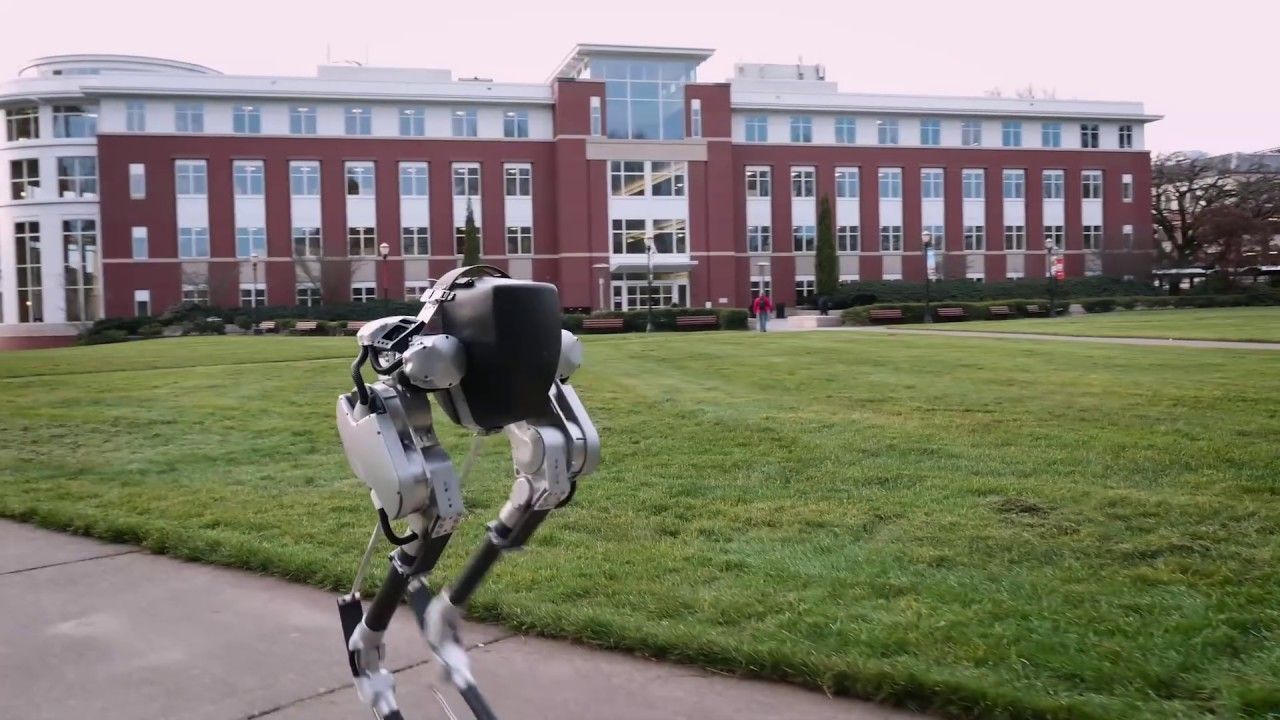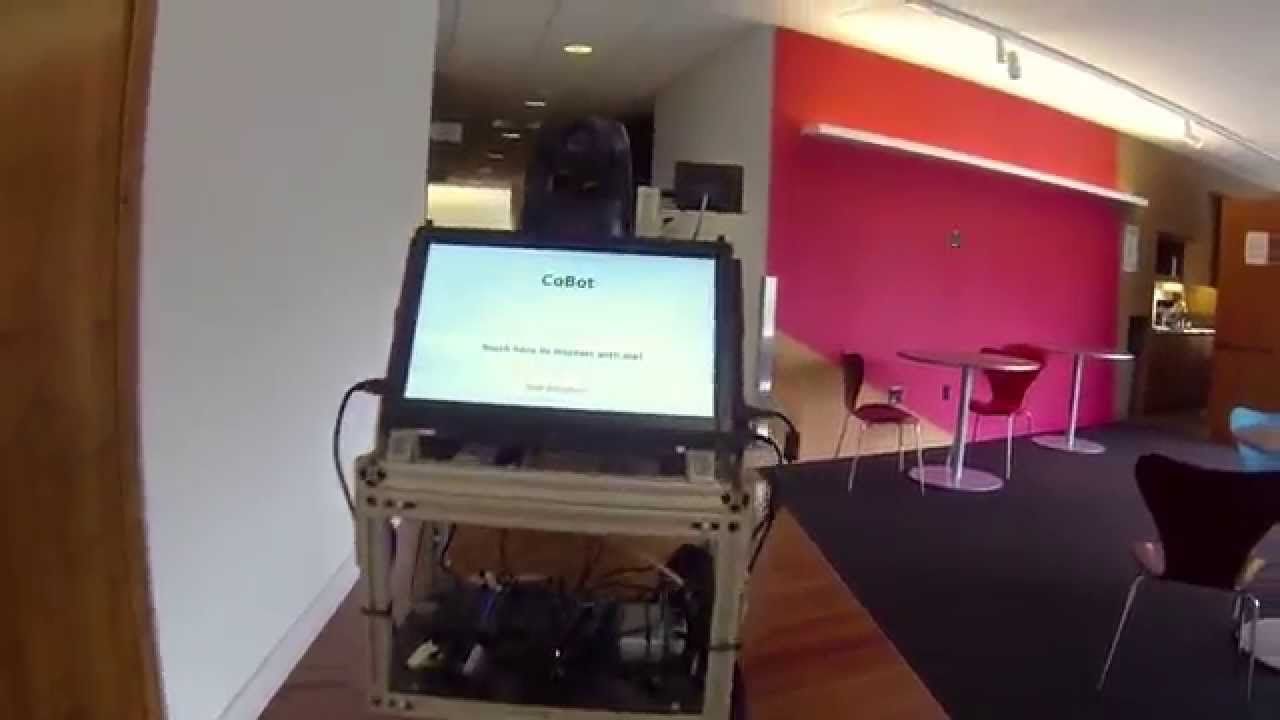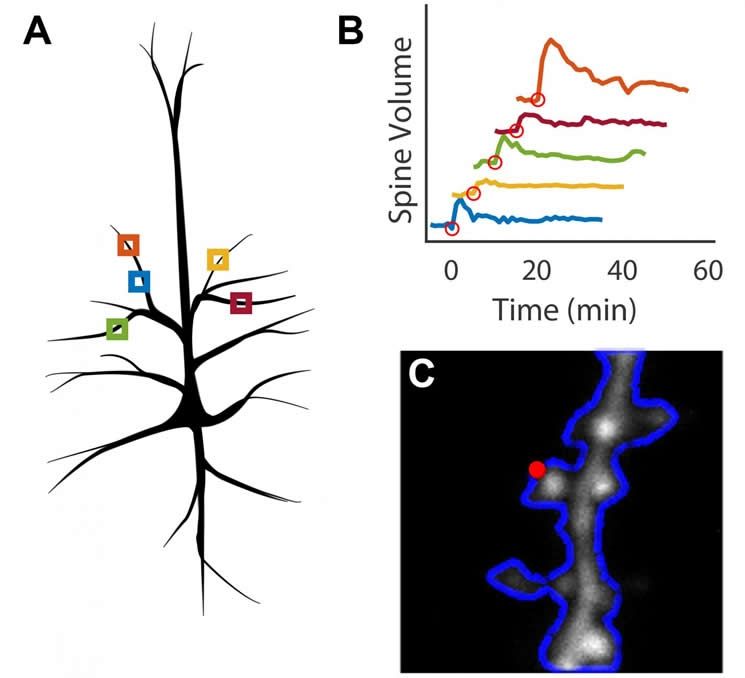The same kind of artificial intelligence that beat a top human player at Go could help grapple with the astonishing complexity of large quantum systems.
Category: robotics/AI – Page 2241
Many have asked me what does this DARPA announcement on their project (RadioBio) mean. Well, imagine a world in the next 10 to 15 years where you no longer need any devices (no smartphone, no AR contacts, no smartwatch, no wearables, no external BMIs or invasive implants, etc.) of any kind as Quantum Bio technology uses (in DARPA’s case) connected cell technology to connect people to people and information online (private and publically available. This approach is the least invasive method of turning cells into connected technology.
Military will mean no more lugging of devices and certain types of equipment around on the battlefield plus lower risk of stolen intelligence as no device or equipment left behind or stolen.
What does it mean to consumers? Means no more losing phones and other devices as well as broken down equipment be replaced every 2years and no more insurance and extra-warranty payments for devices; and no more devices stolen with your information on it. And, it means my doctors and body (AI and non-AI methods) can monitor my health and activate pain relief, etc. through biosystem treatments such as pain can be suppressed via the readings or before the pain is felt. It also empowers the immune system to proactively prevent diseases as the biosystem technology will monitor and treat as needed.
Nice research paper on Quantum Neural Networks for BMI related technologies. This is not a new article and more of a study published in 2014. Quantum Bio will change BMI.
Another version of this topic.
A novel neural information processing architecture inspired by quantum mechanics and incorporating the well-known Schrodinger wave equation is proposed in this paper. The proposed architecture referred to as recurrent quantum neural network (RQNN) can characterize a nonstationary stochastic signal as time-varying wave packets. A robust unsupervised learning algorithm enables the RQNN to effectively capture the statistical behavior of the input signal and facilitates the estimation of signal embedded in noise with unknown characteristics.
The leading projects for developing a hypersonic spaceplane are Reaction Engines of the UK and Hypermach.
Reaction Engines Skylon
Reaction Engines of the UK is a leader in developing a hypersonic vehicle and hypersonic components. The British government finalized a £60 million to the project: this investment will provide support at a “crucial stage” to allow a full-scale prototype of the SABRE engine to be built. If all goes to plan, the first ground-based engine tests could happen in 2019, and Skylon could be performing unmanned test flights by 2025. In November 2015, BAE Systems invested £20.6 million in Reaction Engines to acquire 20 per cent of its share capital and agreed to provide industrial, technology development and project management expertise to support Reaction Engines during its development phase. It could carry 15 tonnes of cargo to a 300 km equatorial orbit on each trip, and up to 11 tonnes to the International Space Station, almost 45% more than the capacity of the European Space Agency’s ATV vehicle.
Everyone knows prevention is better than a cure, and that’s as true for law enforcement as it is for medicine. But there’s little evidence that a growing trend towards “predictive policing” is the answer, and it could even bake in racial bias.
Police departments faced with tight budgets are increasingly turning to machine learning-enabled software that can sift through crime data to help predict where crimes are likely to occur and who might commit them.
Using statistics in law enforcement is nothing new. A statistical system for tracking crime called Compstat was pioneered in New York in 1994 and quickly became popular elsewhere. Since then, crime has fallen 75 percent in New York, which has been credited by some to the technology. But while Compstat simply helped identify historical hotspots, “predictive policing” uses intelligent algorithms to forecast tomorrow’s hotspots and offenders.
SWARM still only restricts itself to sample sets/ group representation of the population. And, when we place AI in this mix; I get concerned still where daily lives are impacted by decisions coming out from this model. For example, I would hate to see laws and policies rely on SWARM data reasoning as Laws and Policies often have special exceptions that Judges and Policy makers must still have the ability to call not AI with SWARM.
US intelligence is investing millions of dollars in a global research effort to boost analytical thinking by unlocking the reason in crowds.
Nice.
Summary: Newly developed software allows researchers to study synaptic plasticity in dendritic spines.
Source: max planck florida institute for neuroscience.
Researchers at Max Planck Florida Institute for Neuroscience have developed new software to study synaptic plasticity in dendritic spines.









